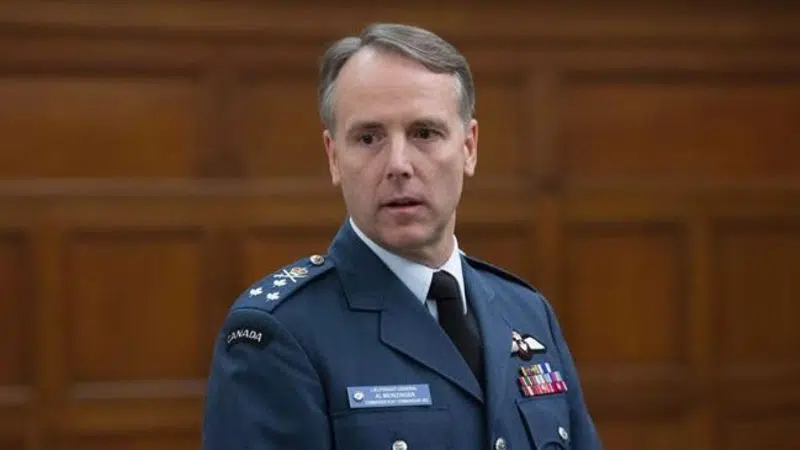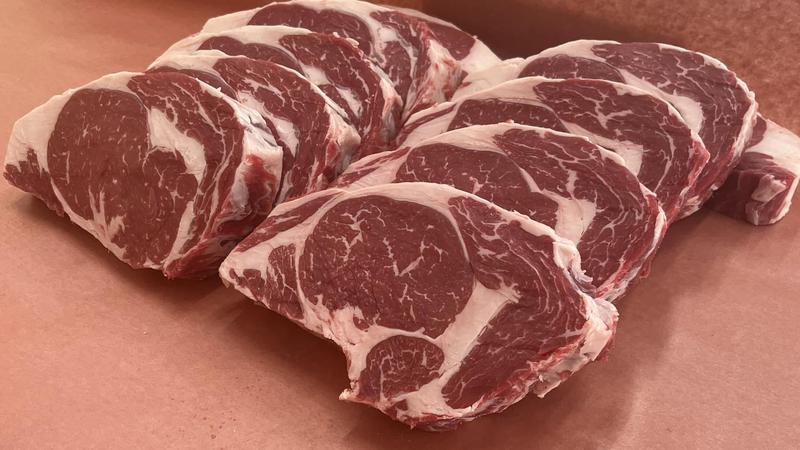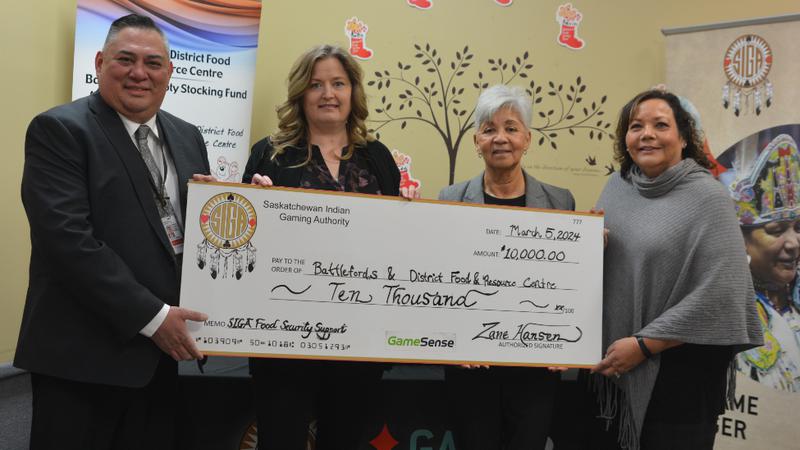
Clock ticking as Air Force looks to stop hemorrhaging experienced pilots
OTTAWA — A shortage of experienced pilots is forcing the Royal Canadian Air Force to walk a delicate line between keeping enough seasoned aviators available to train new recruits and lead missions in the air.
Air force commander Lt.-Gen. Al Meinzinger described the balancing act during a recent interview with The Canadian Press in which he also revealed many pilots today are likely to have less experience than counterparts in similar positions 10 years ago.
Much of the problem can be traced back to veteran aviators leaving for commercial jobs, or other opportunities outside the military, forcing senior commanders into a juggling act over where to put those still in uniform.


